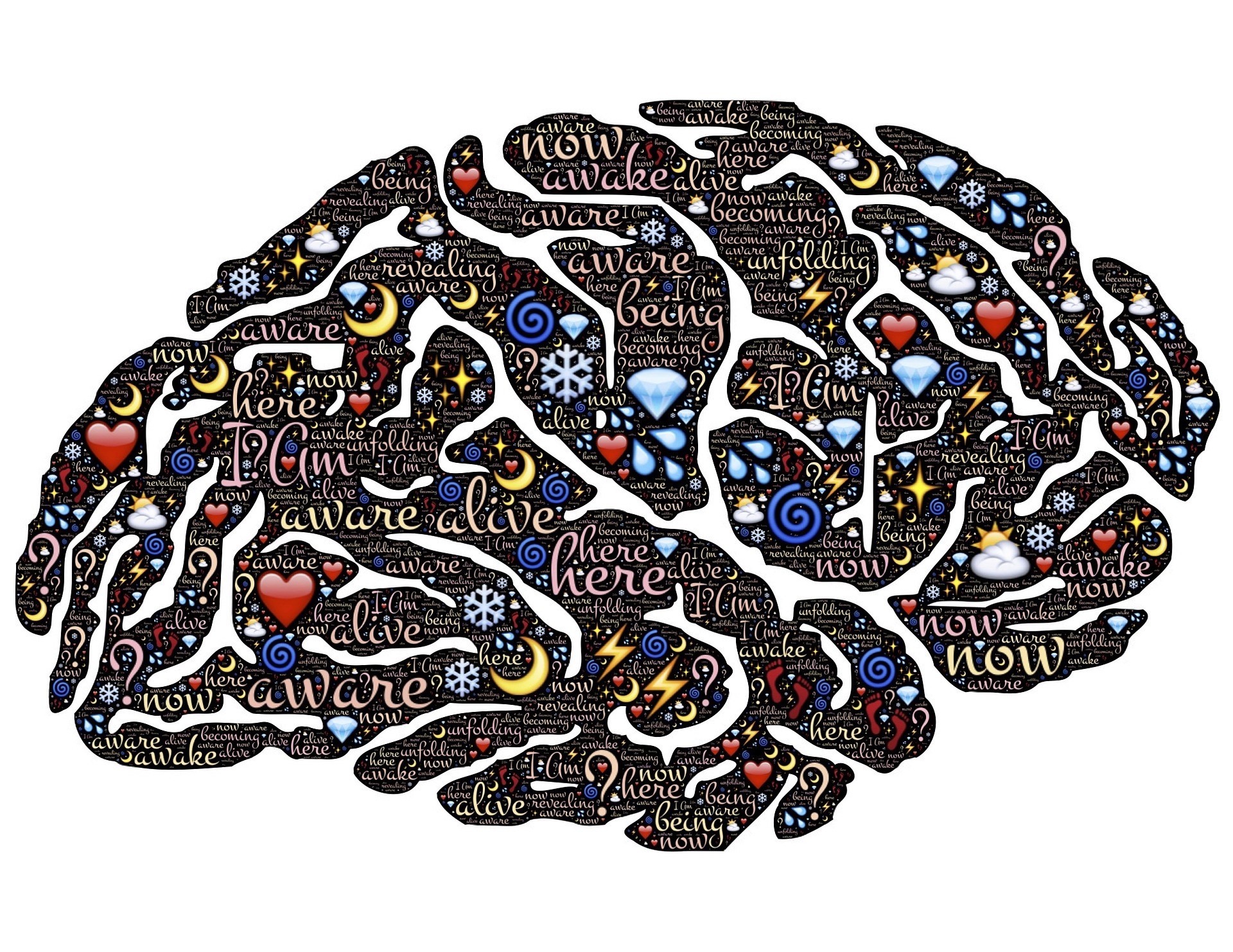In one of those Where's Waldo puzzles, we search for a little guy hidden within…

Your brain on hugs
In the movie Groundhog Day, Bill Murray’s character experiences the same day over and over again. Sometimes we feel this way, too. Despite changing jobs or partners or even our appearance, we keep reliving the same old stories. Psychologists call this repetition compulsion, a subconscious tendency to repeat the past. Why does this happen? And more importantly, how do we cultivate fresh experiences rather than stale repetition? One simple yet powerful strategy is to explore the power of your brain on hugs.
An untapped source of power
Amazingly, those magnificent organs inside our heads can’t tell the difference between real or imaginary, past or present. It simply accepts what it receives as present reality. Consider the power in that!
Yet most of us aren’t taking advantage of this power. Studies show that a whopping 95 percent of our thoughts are simply repeats of the day before and 80 percent are negative. It seems we exist on a ticker tape of regrets about the past and worries about the future. No wonder so many of us are walking around anxious, depressed, irritable, and hopeless.
Look at the rabbit hole of worry and ruminating: One thought sets off an avalanche of frightening yet imaginary scenarios. Our body reacts in real time with shortness of breath, surging adrenaline, knots in our stomachs, and even full-blown panic attacks. Not exactly a cocktail for health and wellness.
The good news is that the opposite happens when we intentionally focus on positive thoughts. According to research, “self-affirmations have proven to decrease stress, increase well-being, improve academic performance, and make people more open to behavior change.”
That’s why positive affirmations are like little hugs for our brains. The more we wrap ourselves in loving, intentional thoughts, the better we feel. And the better we feel, the better we are at managing stress, solving problems, and creating opportunities for ourselves.
Like little human computers
Where does all this negative conditioning come from in the first place? It often begins even before we’re born.
Fascinating facts: From birth to age three, our brains are making more than a million neural connections each second. Even within the womb, we’re soaking up information from the outside world. Like little human computers, we’re feeding every interaction and experience into our internal operating system.
Much of this helped us grow into functioning adults. But many of us experienced neglect, loss, physical or emotional abuse, rejection, abandonment, or other forms of trauma. While we did our best to adapt and maybe forget, remnants of these experiences linger inside us like computer viruses.
These are often the cause of some perplexing problems, like the repetition compulsion described above. They perplex us because we’re usually unaware of the connection between our past programming and our present problems. They keep coming around until we acknowledge and heal them.
Time to unplug and reboot
What’s the first step we take when our technology is acting up? We unplug and reboot. It’s like a magic wand that makes problems go poof!
We can use the same strategy on our mental computers by tapping the magic of meditation. Unlike technology, our brains need a little more than a few seconds to effectively reboot from years of built-up programming. Like technology, a best practice is to unplug daily to keep viruses at bay.
Another fascinating fact: While meditation may seem like a popular new trend in Western culture, it’s not. More than 2000 years ago, ancient Romans and Greeks practiced a form of meditation called henosis. It’s said that the Greek spiritual teacher Plotinus urged his disciples to “close your eyes and awaken to another way of seeing. This is a skill everyone possesses but few choose to use.”
No truer words could be spoken today.
The skill everyone possesses
There’s a type of meditation for everyone—sitting, reclining, or walking silently; guided imagery; loving kindness practice; gazing at a candle or fireplace; or being still while listening to meditative music like this wonderful new moon meditation.
Unplugging from sensory experience builds awareness of our internal observer—the part of us that can observe our own thoughts, feelings, and beliefs. This can be frustrating at first. But as meditation teachers will often say, we don’t try to control our thoughts, we simply observe them like clouds floating by in the sky.
As we practice, we often begin to notice patterns in the clouds. What worries, memories, or anxious thoughts pop up again and again? What person or situation do I keep ruminating on? These observations offer helpful clues to our conditioned programming.
Building this awareness, as modern day spiritual teacher Deepak Chopra says, “is all about restoring your freedom to choose what you want instead of what your past imposes on you.”
Harnessing repetition
Repetition is the key to learning. That’s why some of our beliefs from childhood are so deeply ingrained. But we can also harness repetition to carve fresh neural pathways in our gray matter.
A simple yet powerful way to do this is through positive affirmations. These are simply ‘I am’ statements that flip the script on negative thoughts and beliefs.
For example, “I’m such a screw-up” or “I’ll never find true love” may be flipped to “I am worthy of love and success.” Or, “I have to do everything myself” may be flipped to “I am supported in miraculous ways.”
Or, why not take page from the hilarious SNL character, Stuart Smalley: “I am good enough, I am smart enough, and doggone it, people like me.”
As they say, there’s a grain of truth in every joke.
And the truth is our brains are easily deceived. Even if you don’t believe the positive affirmations you’re creating, it doesn’t matter. Our mental computers don’t know the difference!
Your brain on hugs
As Yoda says, do or do not; there is no try. If we seek a change in our life experiences, we need to do something different.
Repeating affirmations is probably one of the easiest, most loving practices of self-care. But like any good habit, it’s easy to fall off the wagon. To help us remember, consider:
- Writing them on index cards and posting to a mirror or computer screen;
- Listening to a recording like this one as we drift off to sleep;
- Capturing them in a journal as part of a daily writing for healing practice.
I’m also a huge fan of inspirational card decks to reinforce positive programming. Here’s a beautiful one from Louise Hay, author of You can Heal Your Life.
Through these practices, we cut the power supply to repetitive negativity and reboot our brain with beliefs of our own choosing. In doing so, we move from unconscious, self-destructive patterns to conscious, self-empowering beliefs and actions.
Now, go give your brain a hug!
Want more Good Vibrations?
I’m a holistic life coach who specializes in expressive writing to nurture healing, insight, and creativity. Check out more inspirational articles at my blog, Good Vibrations. For more information about life coaching, visit my website at www.manifestwithmargrita.com. Or, email me at [email protected]. I invite you to follow me on Instagram, Facebook, and LinkedIn, too!



